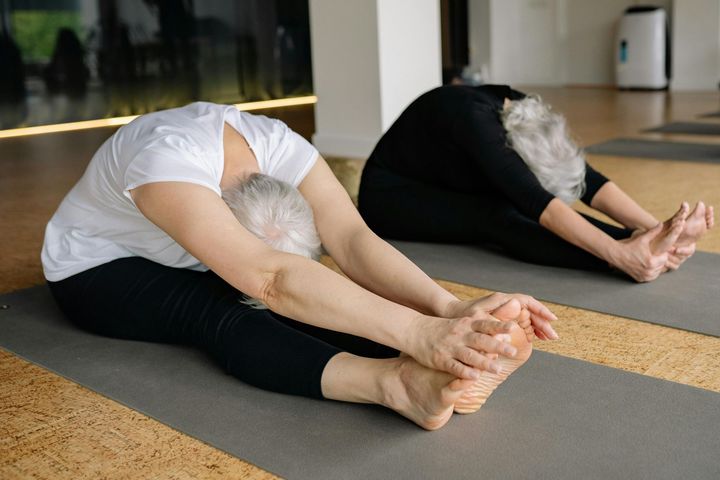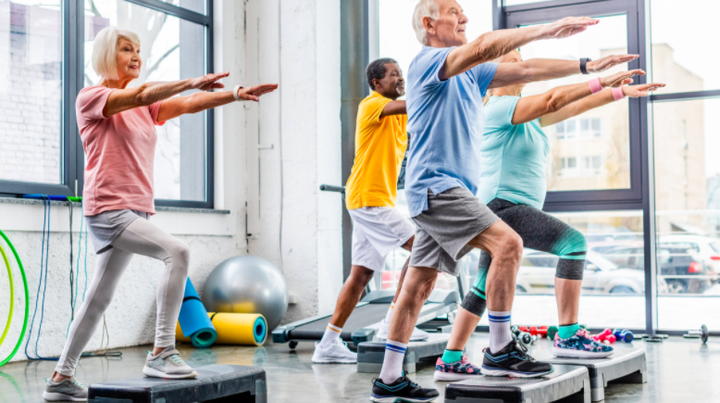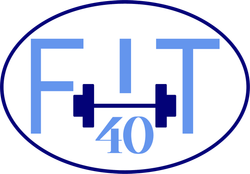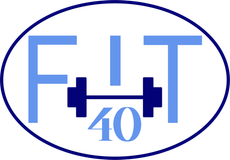Training Concepts
Core Strength and Stability
Core Strength and Stability
Core training is about more than getting that “six-pack” look. The stability of your body’s core, which is your lumbar-pelvic-hip complex, is essential for optimal production, transfer, and control of force and motion of the trunk and extremities.
Some of the benefits of core training are:
· better bodily functions of daily living
· enhanced posture and spinal health
· increased balance, stabilization, and coordination
· minimized or resolved lower back pain symptoms
· improved skill-related movements and power (ie, swinging a golf club or tennis racquet)
· And yes, possibly a six-pack.

Balance and Flexibility

Balance and Flexibility
Balance training is a method that can help create better movement patterns for all clients, reducing the occurrence of falls and other injuries. Balance training is used to improve postural control by challenging the alignment of the body’s center of gravity with regard to the base of support.
Flexibility training increases joint ROM (range of motion). In other words, flexibility training involves different types of stretching techniques to improve tissue extensibility, which allows the body to move freely without being hindered.
Some of the benefits of flexibility and balance training include:
· Increased joint ROM
· Reduced risk of injury and falls
· Improvements in landing mechanics (which may reduce the risk of ankle and knee injury)
· Improvements in lower-extremity muscular strength
· Improvements in proprioception and body awareness
· Improvements in agility-based outcomes in athletes
· Stronger hip musculature (e.g., gluteal complex) and lower extremities
Cardiorespiratory

Cardiorespiratory
According to the World Health Organization, the number one cause of death around the world is heart disease. To combat this issue, cardiorespiratory training is a cornerstone of improvement for heart and lung functionality. Cardiorespiratory training refers to the capacity of respiratory and cardiovascular systems to provide muscles with oxygen during sustained and/or intense exercise.
Some of the benefits of cardiorespiratory training include:
· Decreased resting heart rate and blood pressure
· Increased stroke volume and cardiac output
· Improved gas exchange, decreased airway resistance, and improved oxygen uptake
· Decreased blood flow resistance and increased blood volume
· Improved blood lipid profile/chemistry
· Improved blood flow back to the heart via the veins
Plyometrics

Plyometrics
A fallacy exists that plyometric exercises are only appropriate for athletes. However, plyometric training can be a safe and effective mode of exercise for many clients, as variations of plyometric training exist to accommodate clients of differing skill, fitness levels, and ages. Plyometric exercise improves the stretch-shortening cycle of the muscle, which enhances a client’s ability to move more explosively.
Some of the benefits of plyometric training include:
· Increased bone mineral density and decreased risk of one/joint injuries
· Improved soft tissue (ligaments, tendons, cartilage) strength and decreased risk of injury
· Increased metabolic expenditure for improved weight management and/or weight loss
· Increased strength and power for athletes and the general population
· Improved muscle contractions and nervous system synchronization
· Improved performance or game play for athletes of all levels
Speed, Agility, and Quickness (SAQ)

Speed, Agility, and Quickness
Speed, agility, and quickness (SAQ) training is another form of exercise that can be misconstrued as something fit just for athletic purposes. Like plyometrics, these drills can all be modified to be beneficial for most types of clients. SAQ training is a system of progressive exercises and instruction aimed at developing fundamental motor abilities to enhance the capability of individuals to be more skillful at faster speeds and with greater precision. The movement patterns used can also be of great assistance in preventing falls and increasing agility, reaction time, sprinting velocity, and lower-body power.
Some of the benefits of SAQ training include:
· Improved health-related physical fitness
· Enhanced response time to a stimulus or better reaction time
· Improved technical skills in sprinting and change of direction mechanics
· Improved performance for top speed, change of direction, and rate of acceleration/deceleration
Resistance Training

Resistance Training
Resistance training is an effective method for increasing lean body mass and reducing body fat, especially when it is combined with proper dietary measures. In addition, resistance training has shown to be an effective mode of exercise to improve bone density and muscular strength, while enhancing cardiovascular health. Resistance exercises can promote marked increases in muscle strength and hypertrophy, with improvements in these outcome measures seen irrespective of age and gender. Finally, resistance training plays a fundamental role in overall physical performance and rehabilitation from musculoskeletal injury.
Some of the benefits of resistance training include:
· Improved weight management and enhanced weight-loss efforts
· Improved resting metabolic rate, resting heart rate, and blood pressure
· Decreased risk of injury due to strength of all soft tissues (ligaments, tendons, cartilage, and muscle fibers)
· Improved coordination and athleticism
· Increased endurance, strength, and power
· Increased muscular hypertrophy

